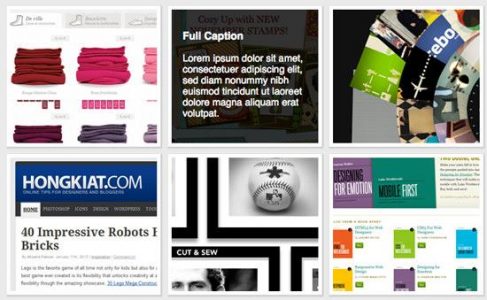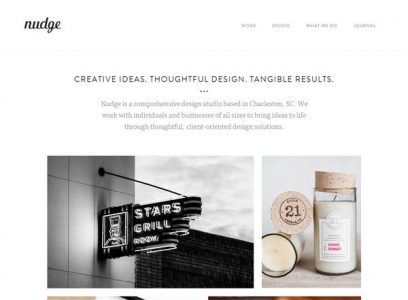Designing is a challenge altogether, may it be for personal or business-related reasons, especially something as complicated as a website. In web design, different elements can keep the customers visiting again. Once the basics are understood and worked on, the process may seem interesting and enjoyable.
However, if you need help in developing a website, there are various web design companies that can make one for you. One thing to do in order to create a good website design is to put yourself in your customer’s shoes and know what he/she wants to see.
Clear, Basic, and Simple
People have general access to all kinds of websites; thus, you have to keep yours simple for better readability and coherence in terms of both content and appearance. As you yourself browse different websites, you are able to determine the essential aspects that can draw customers in as you design your own.
Therefore, to keep the web design simple, visitors or clients should be able to navigate around the page easily, and the information given should be straight to the point.
List of Good Website Designs
It takes certain strategies and elements to have a decent web design. It may be difficult to come up with something original, creative, and unique as other websites are competing with yours in the process. However, there are good website designs that do not only appeal aesthetically but also serve as essential functions for the customer’s convenience.

-
Image Captions
Adding thorough image captions are often overlooked in web design. Images help in relaying information about a given content and, thus, give further details on the subject. A lot of captions can be found below the images with a simple, down-to-business style. Some captions can only be seen when you hover your mouse cursor over the images with fonts and backgrounds adjusted accordingly.

-
Search Box/Bar
This is a design element that should frequently be used, especially in content-heavy websites. The best way to design and position a search bar/box is to place it somewhere for users to spot immediately. The search option is important and efficient for customers who want to look for certain words and content.

-
Relevant Visuals/Images
The visual aspects of the website give a significant impression to the customers. Its layout and images grant an overall insight on the kind of content you have, as well as provide an opportunity to emphasize the entire aesthetic quality of the website.
When these are done properly, they become a visual interest and trademark to customers. It requires a certain degree of discipline when it comes to web design. For instance, flashy images or animations should not overpower the entirety of the website. Design it in a way that it remains relevant to your content and creative in its presentation.

-
‘About’ Page
It is important to engage with the audience on a personal level. When you add in an “About” page, you should be able to give brief details about yourself and what makes your website unique from the rest. It will also be helpful to add information about what your website offers and the like. Visual-wise, it should be neatly presented with a creative approach; you can make a timeline, page with adorable graphics, or aesthetic typographies.
Designing to Catch the Imagination of Customers
When it comes to web design, it can be a two-way street, especially when the customers are involved. People may have an idea in mind, and it is your job to visually translate it into graphics, layouts, and images that coincide with the given imagination. Either you communicate with them to know what they would like to see or put yourself in their shoes to determine their preferences. You and your customer work together in this case, and there are things to consider when in the process of designing a website your customers imagine:

-
Rough ideas
As soon as the customers talk about their visual expectations, it is important to have some pre-sketches in mind. You can add and subtract details here and there before considering all possible ideas for the final execution of the design.
-
Ask for help/suggestions
Web design does not only require effort and creativity alone. It also demands a lot of skills, patience, and attention. One of the ways to improve your work is to ask other people who are experienced in web design. You can ask for feedback and suggestions on what to do or what you lack in the field of designing.
-
Listen
If you have clients, more than half of the work will be successfully done once you choose to engage with them consistently. Designing tends to revolve around the details. Listening to them can make an impression that you are mindful about their ideas. This way, you can present a design that has been thoroughly discussed.
-
Be open and reasonable
You have your own technology, opinion, and creative processes. You may need to express them, especially when you are asked to do so. Not only does this demonstrate transparency, but people may also realize the kind of ideas you have in mind which can be integrated into a potential design.
-
Have fun
Web design is meant to be enjoyable. It is a complex, entertaining process in which you blend your creativity with the needs of the customers to make a wholesome visual experience. If you do not take it as an enjoyable process altogether, web designs may either end up rushed, forced, and unoriginal. Good website designs catch people’s imagination as well as yours.
